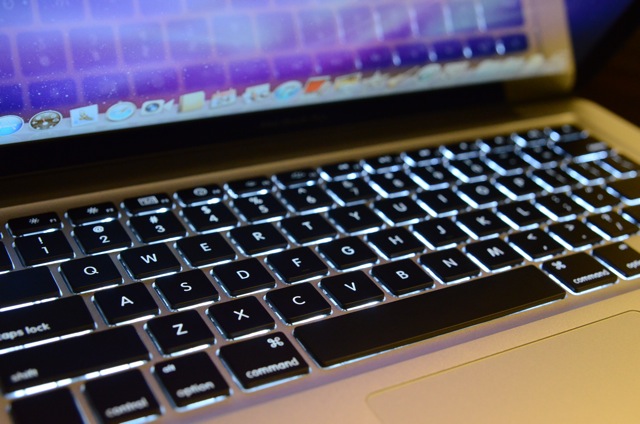
But that's not the case for digital copies, as Apple's terms and conditions explicitly states. When you lawfully buy a physical CD, DVD or book, for example, the Copyright Act allows you to sell, lend or give away your copy, because you own it. Update everything on both computers so they are running the latest version of the operating system and iTunes.While the company promises that users won't lose content, it's a good reminder that digital files can come with quirky ownership rules. Then make any data backups that you may need. Prepare your iTunes library by opening iTunes, selecting File, going to Library, and choosing Organize Library. Here you will see an option to Consolidate files. Select it to give your iTunes library a quick clean up so everything is prepared. Since the advent of MacOS Sierra, all you need is for both computers to be on the same wireless network for Migration Assistant to work. However, for a faster connection, you may want to use an Ethernet cable instead. Either way, make sure both are connected and ready to get to work. Go to your new Mac computer and head to the Applications folder, which you can find in the Dock. Select Utilities, and then choose Migration Assistant. After confirming you want to start the process, Migration Assistant will ask if how you want to transfer information. You will want to make sure you have select From a Mac, Time Machine backup, or startup disk. You can also use Migration Assistant to move iTunes files from a PC to a Mac (this doesn’t work with particularly old Windows computers, but as long as you have Windows 10 you should be fine).

When Migration Assistant asks how you want to transfer information on your new Mac, make sure you choose the option that says From a Windows PC. Now head over to your old Mac and open Migration Assistant there as well with the same process. However, at the Migration Assistant screen, choose “To another Mac” when asked how you want to transfer information.

Migration Assistant should next ask if you want to transfer information from a Mac, Time Machine backup, or a specific startup disk. Here you should select the Mac option, and choose continue.

Apple may give you a security code to confirm on both computers at this point, so make sure the code appears correctly before you move on. Once you choose a specific source to migrate data from, the Assistant will ask you to Select the Information to Transfer. If this is a brand new computer, you’ll probably want to transfer almost everything, so selecting all options is a good idea. If you are on a used Mac and only want to transfer iTunes, click on your user profile and select your Music folder to get started. When you’re ready to begin, select continue.


 0 kommentar(er)
0 kommentar(er)
